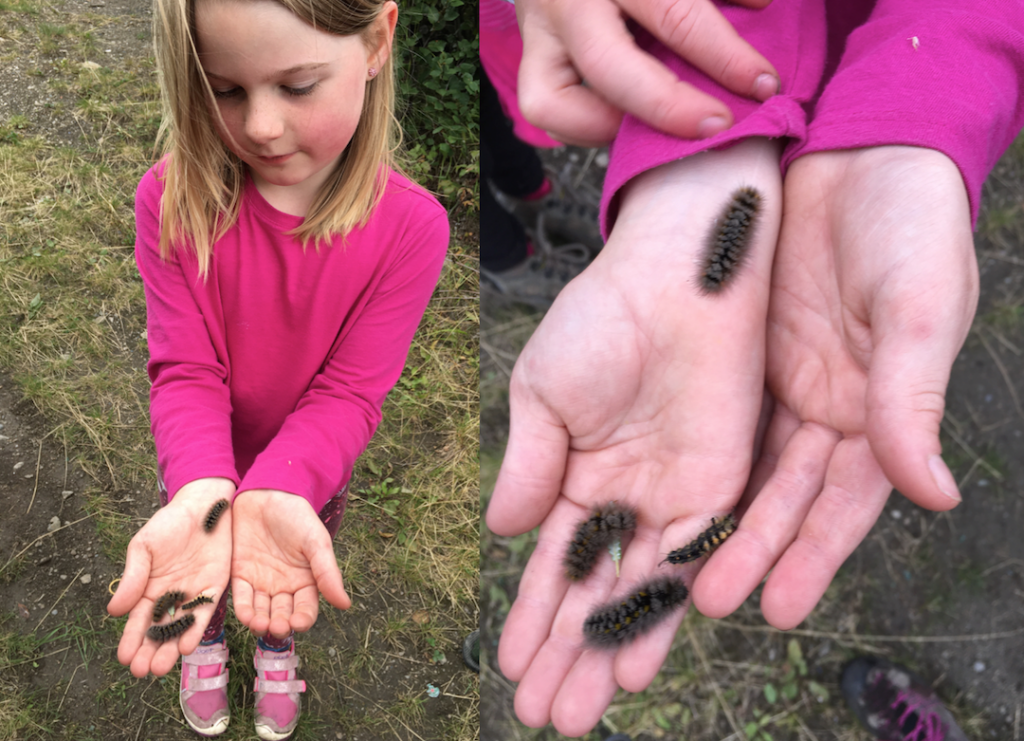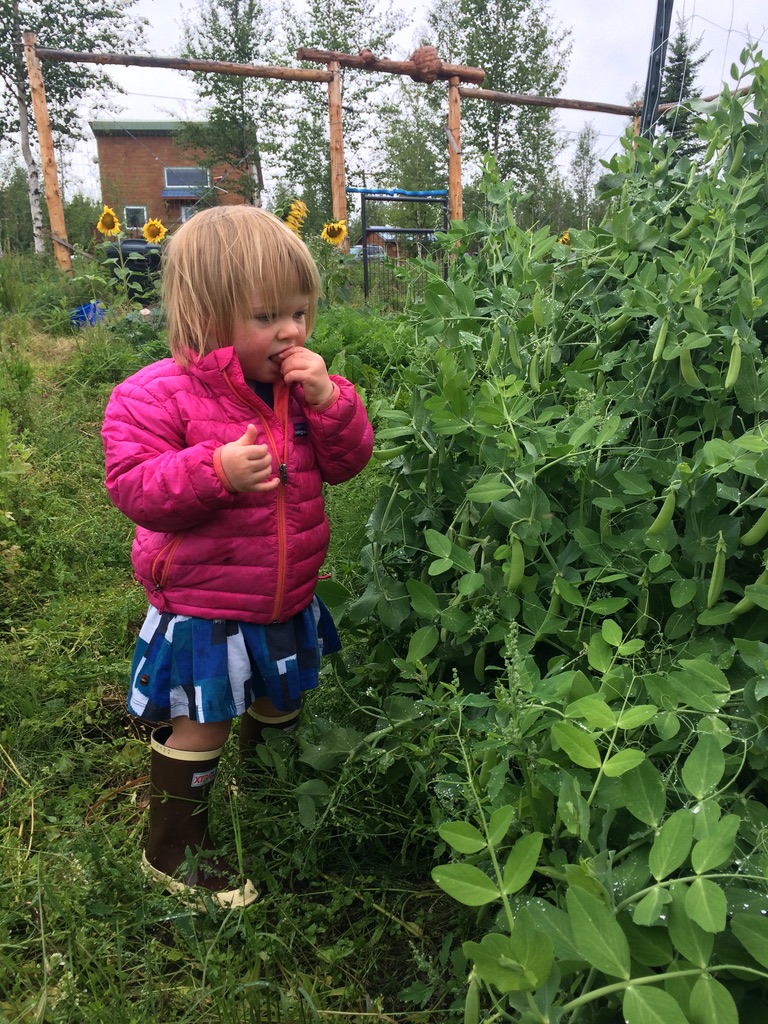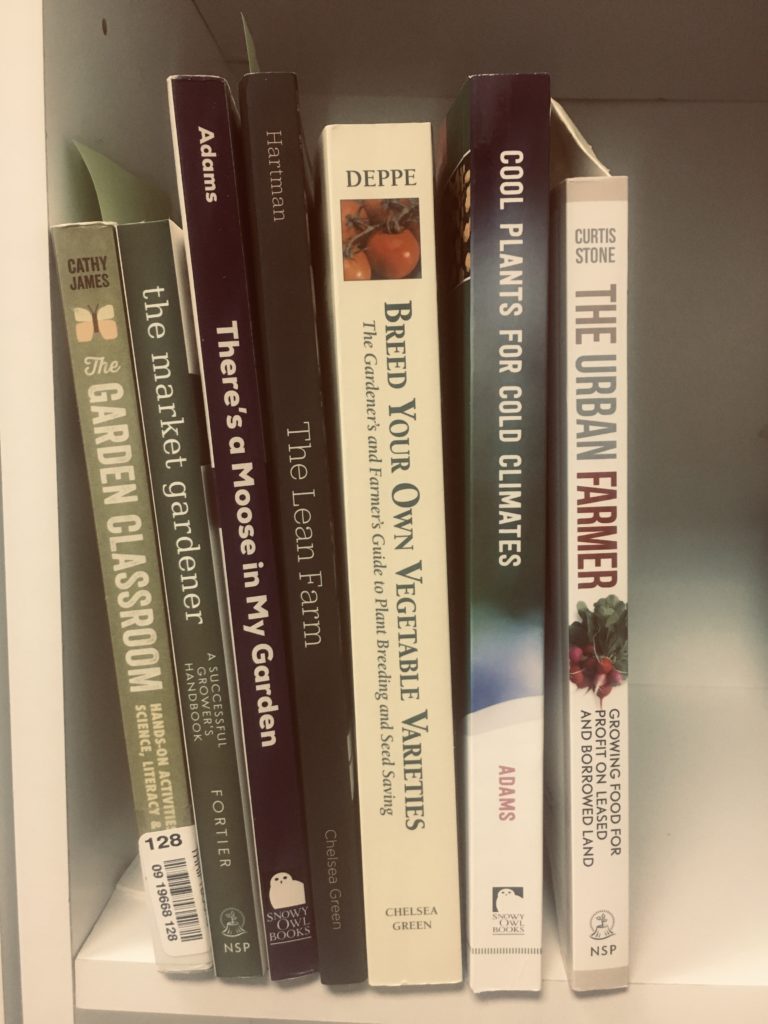Because of the continued uncertainty around how and when schools will open this fall and because I’m still working from home, like many parents, I’m making the choice to home-school. But with that choice comes many more decisions including what and how to teach at home.

On a recent hike, we found four caterpillars. Being low to the ground and the pace kids hike at is conducive to finding interesting insects and caterpillars. One of these caterpillars is the larval stage of the rusty tussock moth, while the other three are some type of owlet moth.
My kids have been collecting caterpillars and worms for years, and to build on their natural curiosity, I’m planning on continuing to explore the world of bugs with them.
To get some ideas on where to start, I talked to two experts — Derek Sikes, curator of insects and professor of entomology at the University of Alaska Museum of the North, and Kennan Oyen (formerly Jeannet), a postdoctoral fellow in Cincinnati, with a focus on conservation and insects. Kennan’s fascination began early while home-schooling.
I asked Derek and Kennan, where should you start? Derek said collecting insects is an obvious place to start, but there’s somewhat of a barrier to entry in terms of the cost to do a formal collection. An easier, cheaper way to start a collection is simply to photograph the insects. He then proposed uploading them to iNaturalist where an automated algorithm will actually help you identify the insects. In your observation, click on “suggest an identification” to see what it might be. Continue reading

